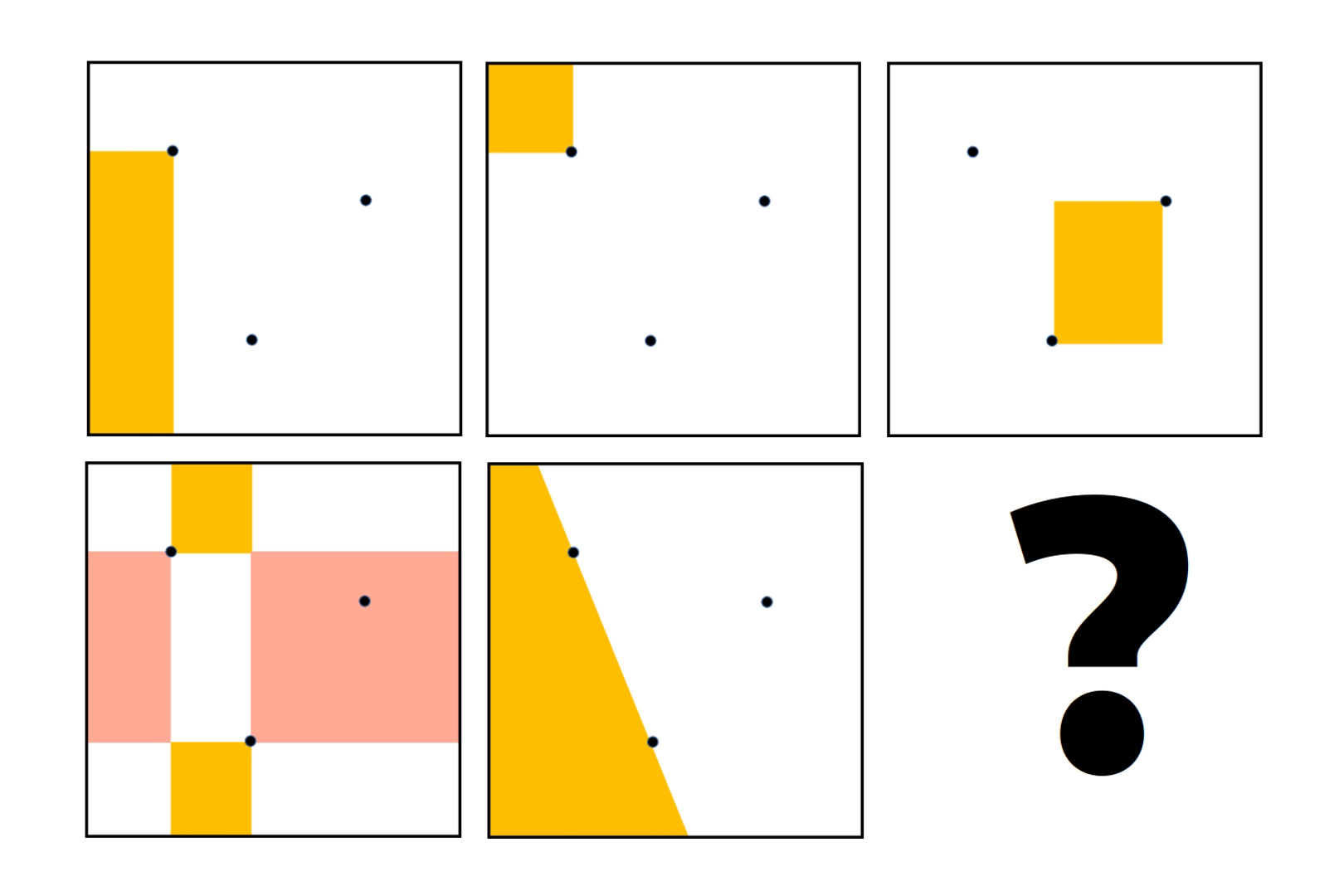“The Efficacy of Discrepancy in Computer Graphics” by Patel
Conference:
Interest Area:
- Research / Education
Title:
- The Efficacy of Discrepancy in Computer Graphics
Session/Category Title: Byte-Size Geometry; Mathematical Techniques
Presenter(s)/Author(s):
Abstract:
In this presentation, we survey modern discrepancy metrics and use them to estimate the quality of point sets produced from a variety of sample generators in two dimensions. Then, we calculate the actual performance of these point sets for integrating a number of signals in the unit square. Finally, we correlate the estimated performance to the observed result to determine which metrics have the greatest utility as predictors of success for computer graphics applications.
References:
[1] Abdalla G.?M. Ahmed, Till Niese, Hui Huang, and Oliver Deussen. 2017. An Adaptive Point Sampler on a Regular Lattice. ACM Trans. Graph. 36, 4, Article 138 (July 2017), 13?pages. https://doi.org/10.1145/3072959.3073588
[2] Brent Burley. 2020. Practical Hash-based Owen Scrambling. Journal of Computer Graphics Techniques (JCGT) 10, 4 (29 December 2020), 1?20. http://jcgt.org/published/0009/04/01/
[3] Per Christensen, Andrew Kensler, and Charlie Kilpatrick. 2018. Progressive Multi-Jittered Sample Sequences. Computer Graphics Forum 37, 4 (2018), 21?33. https://doi.org/10.1111/cgf.13472 arXiv:https://onlinelibrary.wiley.com/doi/pdf/10.1111/cgf.13472
[4] David Paul Dobkin and Don P. Mitchell. 1993. Random-edge discrepancy of supersampling patterns, In Proceedings of Graphics Interface ?93. Proceedings of Graphics Interface ?93, 62?69.
[5] Carola Doerr, Michael Gnewuch, and Magnus Wahlstr?m. 2014. Calculation of Discrepancy Measures and Applications. Springer International Publishing, Cham, 621?678. https://doi.org/10.1007/978-3-319-04696-9_10
[6] Peter Hellekalek and Harald Niederreiter. 1998. The Weighted Spectral Test: Diaphony. ACM Trans. Model. Comput. Simul. 8, 1 (Jan. 1998), 43?60. https://doi.org/10.1145/272991.273008
[7] Fred?J. Hickernell. 1998a. A Generalized Discrepancy and Quadrature Error Bound. Math. Comp. 67, 221 (1998), 299?322. http://www.jstor.org/stable/2584985
[8] Fred?J. Hickernell. 1998b. Lattice Rules: How Well Do They Measure Up?Springer New York, New York, NY, 109?166. https://doi.org/10.1007/978-1-4612-1702-2_3
[9] William?J. Morokoff and Russel?E. Caflisch. 1994. Quasi-Random Sequences and Their Discrepancies. SIAM Journal on Scientific Computing 15, 6 (1994), 1251?1279. https://doi.org/10.1137/0915077 arXiv:https://doi.org/10.1137/0915077
[10] Mayur Patel. 2022. Optimizing Kronecker Sequences for Multidimensional Sampling. Journal of Computer Graphics Techniques (JCGT) 11, 1 (2 March 2022), 55?81. http://jcgt.org/published/0011/01/04/
[11] Peter Shirley. 1991. Discrepancy as a Quality Measure for Sample Distributions. In EG 1991-Technical Papers. Eurographics Association, Eurographics Association. https://doi.org/10.2312/egtp.19911013
[12] Yong-Dao Zhou, Kai-Tai Fang, and Jian-Hui Ning. 2013. Mixture discrepancy for quasi-random point sets. Journal of Complexity 29, 3 (2013), 283?301. https://doi.org/10.1016/j.jco.2012.11.006





